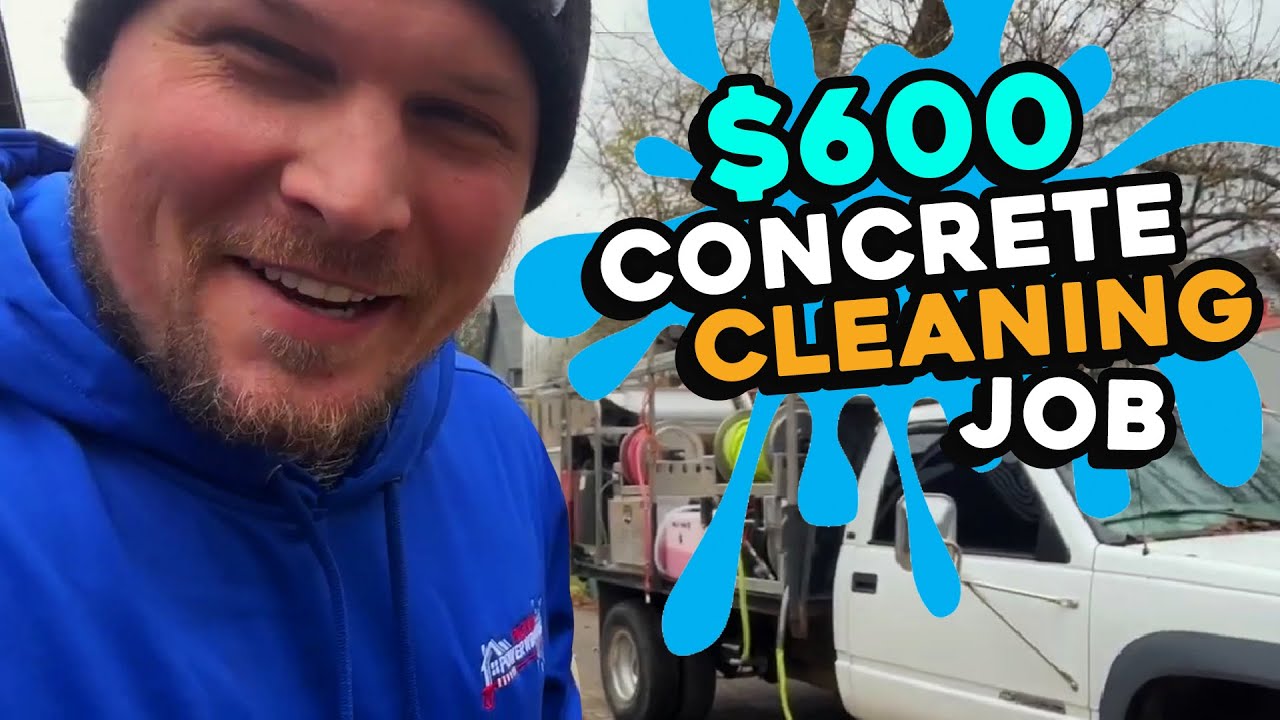Wood restoration is an excellent upsell for any exterior cleaning business. Any wood fence or deck that isn’t stained or painted will eventually weather, turning gray due to exposure to sunlight and rain. It’s an eyesore that homeowners want to eliminate, and that's what we're going to talk about in today's video.
Dos and Don'ts of Wood Cleaning
There are good ways, less effective ways, and methods you should never use when cleaning wood. Before we dive into the best practices, I highly recommend checking out our "How to Wash" course, which covers every aspect of residential pressure washing and soft washing. This comprehensive guide includes chemical mixes, specialty chemicals like the ones we'll discuss today, procedures, and pro tips. Plus, you'll get ECP certified upon completion. Check out the first link in the comment section below!
If you need a reliable CRM to manage estimates, invoices, payments, and more, check out Quote IQ. You can try any tier for just $1 for the first month. This is also linked in the comment section.
What Not to Do
-
Avoid High-Pressure Washing: Never use a high-pressure tip on any wood surface. High pressure can cause damage, leaving stripes and streaks, and it may fuzz up the wood. Even if some people achieve good results with pressure washers, it's not recommended for most due to the risk of damage from incorrect use.
-
Don’t Use Bleach: Bleach (sodium hypochlorite) might work, but it’s not the best option. Bleach can break down wood fibers and corrode metal fasteners, causing them to rust quickly. It’s best to avoid bleach to maintain the integrity of the wood structure.
The Right Way to Clean Wood Surfaces
To clean wood surfaces like a professional, you need the right chemical, proper mixing, and correct application techniques. We recommend using Wood Wizard from Southeast Softwash. Follow the instructions on the container for the best results.
-
Pre-Wet the Surface: Before applying any chemical, pre-wet the wood surface. This helps the chemical stay on the surface and work effectively instead of soaking in. This is similar to prepping a hot roof before applying chemicals to prevent quick evaporation.
-
Apply the Chemical: Use a pump-up sprayer to apply the diluted chemical (1 part Wood Wizard to 4 parts water). Ensure you read and follow the instructions on the product you’re using.
-
Let the Chemical Dwell: Allow the chemical to sit for the recommended dwell time (about 20 minutes for Wood Wizard). You’ll see the wood transform as the chemical does its job, removing gray discoloration and bringing out the natural beauty of the wood.
-
Rinse with Low Pressure: After the dwell time, gently rinse the wood with a low-pressure tip. This removes dirt, grime, and loosened debris without damaging the wood. The results will be impressive without causing any fuzzing or peeling.
Final Tips
Mix the chemical according to the instructions to avoid damage. Stronger solutions work faster, but overly diluted mixes won’t give you the desired results. Using specialty chemicals as upsells can significantly increase your average ticket price. Charge appropriately to cover costs and make a good profit.
Wood restoration is not only a great service to offer but also a fantastic way to boost your business's revenue. With the right techniques and chemicals, you can deliver outstanding results that keep your customers satisfied and coming back for more.
For more detailed instructions and professional tips, check out the "How to Wash" course and visit Southeast Softwash for top-quality chemicals.
Thanks for watching, and happy cleaning!
















